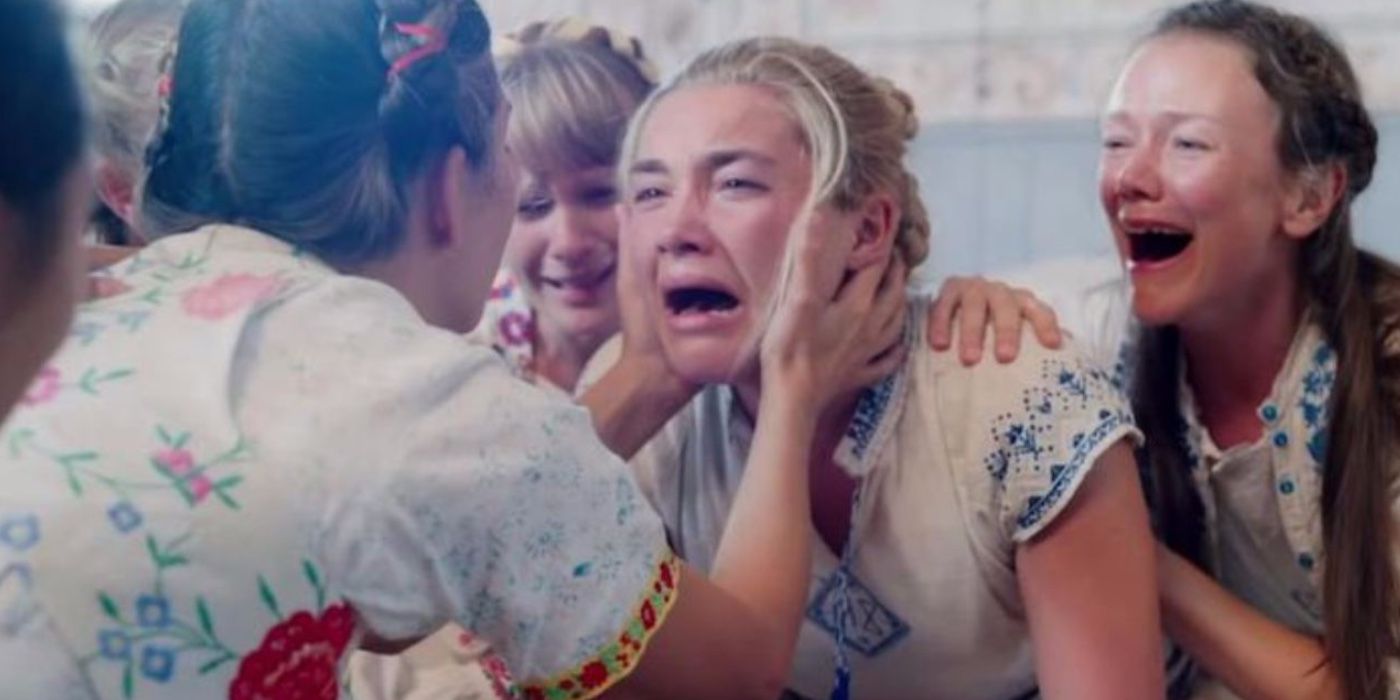When audiences sit down to watch a horror movie, they expect to experience tension, anxiety, and most of all, fear. But as the years pass, viewers have become more and more familiar with tired horror tropes that feel more washed out than creative.
Despite these repetitive plotlines and ideas, there are some movies that manage to tweak the tried and true formula of what terrifies audiences. The reinvention of these concepts opens the door for more ideas that are delightfully horrifying. If a movie is able to experiment and deviate from what's worked in the past, it not only enhances its own story, but it contributes to the betterment of the entire horror genre.
10 Maddie Is A Uses Her Disability To Her Advantage In Hush
Horror movies with one-on-one showdowns often raise the stakes by placing the hero at a significant disadvantage. Hush reworks this common idea, while also introducing welcome diversity into its genre.
Maddie Young is unable to hear or speak after contracting bacterial meningitis as a child. Due to her disability, she must find inventive ways to outsmart the killer who enters her home. Her character presents viewers with an intelligent and remarkable woman who takes a situation skewed against her and finds a creative solution to survive. This ostensibly one-sided fight turns out to be an intense and engaging journey for the audience.
9 Adrian Brings A Whole New Meaning To The Unseen Villain In The Invisible Man (2020)
When it comes to horror flicks, seeing isn't always believing. It's typical for the main antagonist to mostly keep to the shadows to drum up suspense. This trope of the unseen villain is cleverly updated in the 2020 remake of The Invisible Man.
Instead of relying on supernatural elements, Adrian torments his ex-lover Cecilia by using advanced technology to make himself invisible. This change toys with the advent of futuristic technology and pushes the boundaries of ways to create terror through science rather than magic or spirituality. The technology also provides viewers with a semi-realistic explanation of how Adrian is able to carry out his malicious master plan.
8 The Blair Witch Project's Documentary Style Is Realistically Terrifying
While many modern scary movies implement a shaky-cam style of shooting, The Blair Witch Project was one of the first to make major impacts with this method at the time of its 1999 release. The documentary format plunges viewers directly into danger with its characters, making them feel like they are actually in the thick of the terror, rather than mere observers.
The film also placed the horror genre back in the minds of audiences, since scary movies notably weren't at the top of cinema popularity for most of the 90's. Its style expands upon what scary movies could be, as the project feels more genuine and raw than traditional studio-based films.
7 Scream Gives A New Face To Masked Slashers
While Scream may be controversial among some horror fans, there's no doubt the film provides a new outlook for the masked slasher genre. Scream contains all the hair-raising tactics that get viewers squirming, but it also doesn't hesitate to poke fun at the very genre it is representing.
RELATED:
The self-aware writing has the main characters referencing classic horror tropes, while also being guilty of some of those exact tropes. Some of these clichés include, but are not limited to, mysterious phone calls and the masked killer conveniently appearing after a couple is finished having sex. Whether true horror fans can get behind this style or not, no one can deny that Scream reinvents the classic killer behind a mask.
6 Pennywise The Clown Turns Visions Into Waking Nightmares In It
Characters facing their worst fears is a classic horror trope, but 2017's It takes this classic threat to a new level. Director Andy Muschietti's revision of Stephen King's classic story thrives on its characters' worst fears, employing bone-chilling special effects to bring them to life.
It seamlessly ties together the main characters' insecurities with intense psychological elements and plenty of gore. Bill's fear manifests as a horrifying apparition of his late brother Georgie, while Beverley's fear of her father reveals itself in a sink overflowing with blood. Theway Pennywise toys with these fears is unique and brings a fresh light to the darkest of nightmares.
5 Jigsaw Toys With The Mastermind Killer Trope In Saw
The Saw franchise brings a whole new meaning to the calculated killer trope, and horror enthusiasts can't get enough of the gore. The mystery of the Jigsaw Killer combined with the methodical and torture-filled games the characters must endure is difficult to watch, yet it is impossible for viewers to look away.
The Jigsaw Killer opens up a world of possibilities for pre-meditation in horror films by systematically devising a series of games designed to test each character's personal background and decisions. Gordon, for instance, must weigh the grave options of taking Adam's life or saving his own wife and child. The test calls into question the importance Gordon's family after it is revealed he is having an affair. Saw's non-linear narrative only adds disjointed chaos to the story, a description that also applies to some characters' bodies by the end.
4 The Conjuring Raises The Bar For Spirit Possessions
Religious symbolism is nothing new in the realm of horror, but The Conjuring takes the concept of spirit possession and elevates it. While possession films have been done before, The Conjuring uses religious themes in innovative and groundbreaking ways.
The Conjuring draws from dark elements of history, including satanic worship and accusations of witchcraft with its main antagonist Bathsheba Sherman. The parallels of Bathsheba killing her own child, only to possess mother Carolyn Perron to carry out the same atrocity, is positively chilling. Fans adore the unraveling pieces of spiritual history, with many claiming it goes above and beyond the cheap jump scares associated with many horror flicks.
3 The Ring's Samara Is One Of The Creepiest Children In Horror
In reality, children and childlike visuals are hardly intimidating. But in the realm of horror, they can be used to create some of the most unsettling imagery imaginable. Samara from The Ring enhances this premise with an ominous story, hair-raising effects, and a chilling performance by Daveigh Chase.
The Ring takes the run-of-the-mill concept of a cursed child antagonist and blends the supernatural with elements of mundane reality. After its initial release in 2002, many viewers found themselves feeling uneasy at the mere sight of a static-filled television screen. Any horror movie that can scare its audience long after they stop watching is undoubtedly a bona fide success.
2 Chris Washington Experiences A Unique Kind Of Betrayal In Get Out
Treachery is commonplace in thrillers and horror movies alike, but Get Out presents a unique betrayal rooted in a societal message. Protagonist Chris Washington is already at odds with his girlfriend's family, but their subsequent treachery leaves viewers shocked and anxious for his well-being.
When Rose betrays Chris to her family's brutal and racist plan, it cuts even deeper than most horror movie betrayals. Get Out might not be a typical horror movie, but such a personal and deep betrayal and the subsequent loss of autonomy in the Sunken Place is sure to stick with audiences of any background.
1 Midsommar Strands Its Characters In An Unusually Bright Setting
One of the most classic horror tropes of all time is trapping characters in an undesirable location. In most movies, the setting is usually a creepy house or a gloomy forest. But Midsommar proves even the most beautiful of locations can foster the worst nightmares.
The main characters in Midsommar are stranded in an absolutely breathtaking place that seems more like a vacation spot than it does a horror set. The wonderfully bright colors are a stark contrast to the horrific experiences and gruesome imagery that the protagonist Dani and her companions are subjected to. Midsommar scraps the typical dark lighting and shadowy visuals for a place that's illuminative yet equally foreboding.

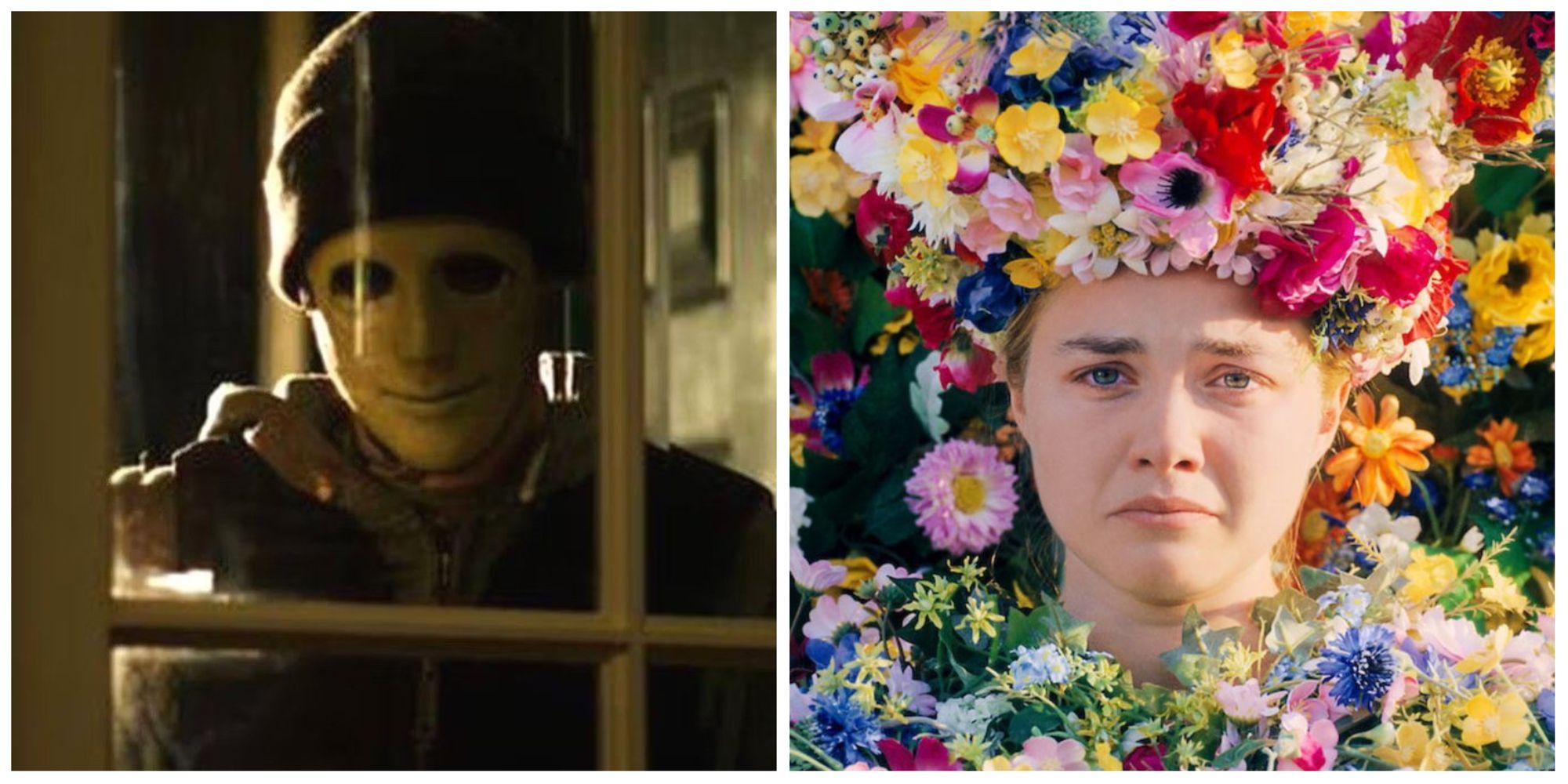
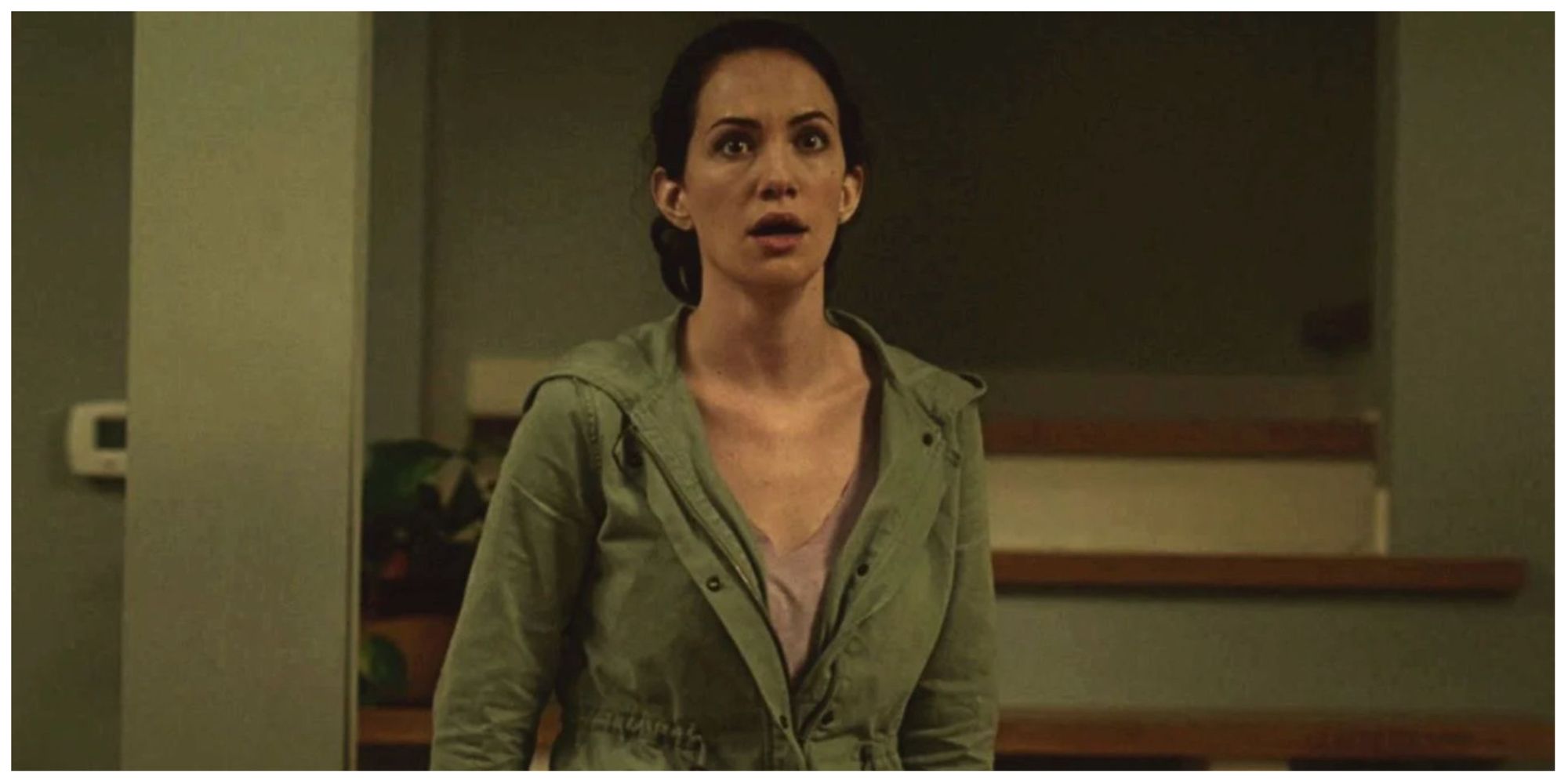
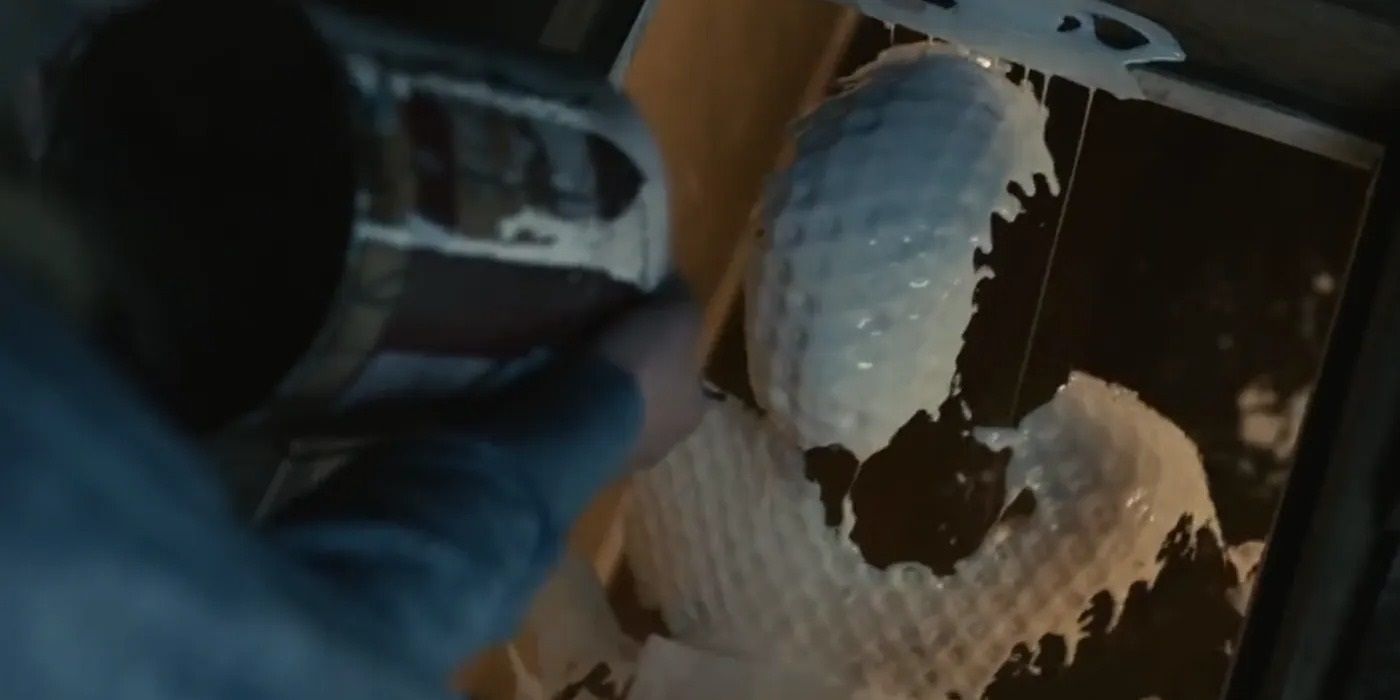
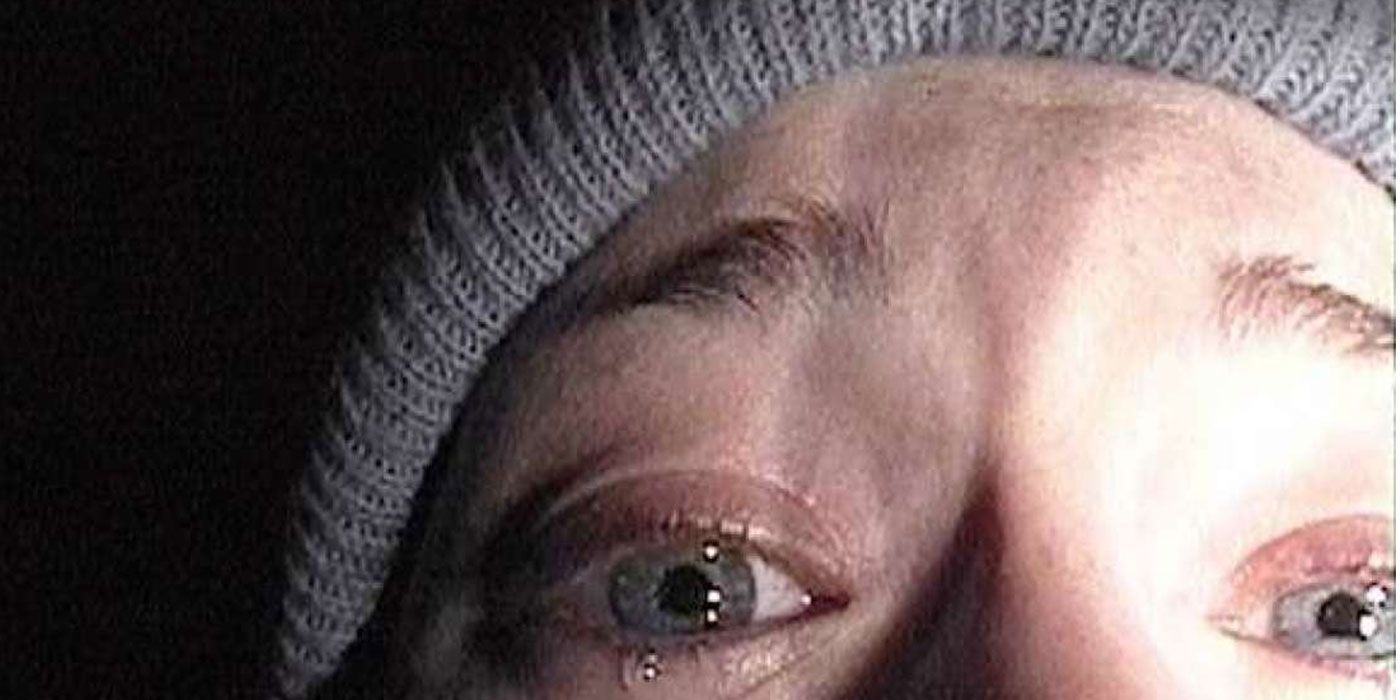
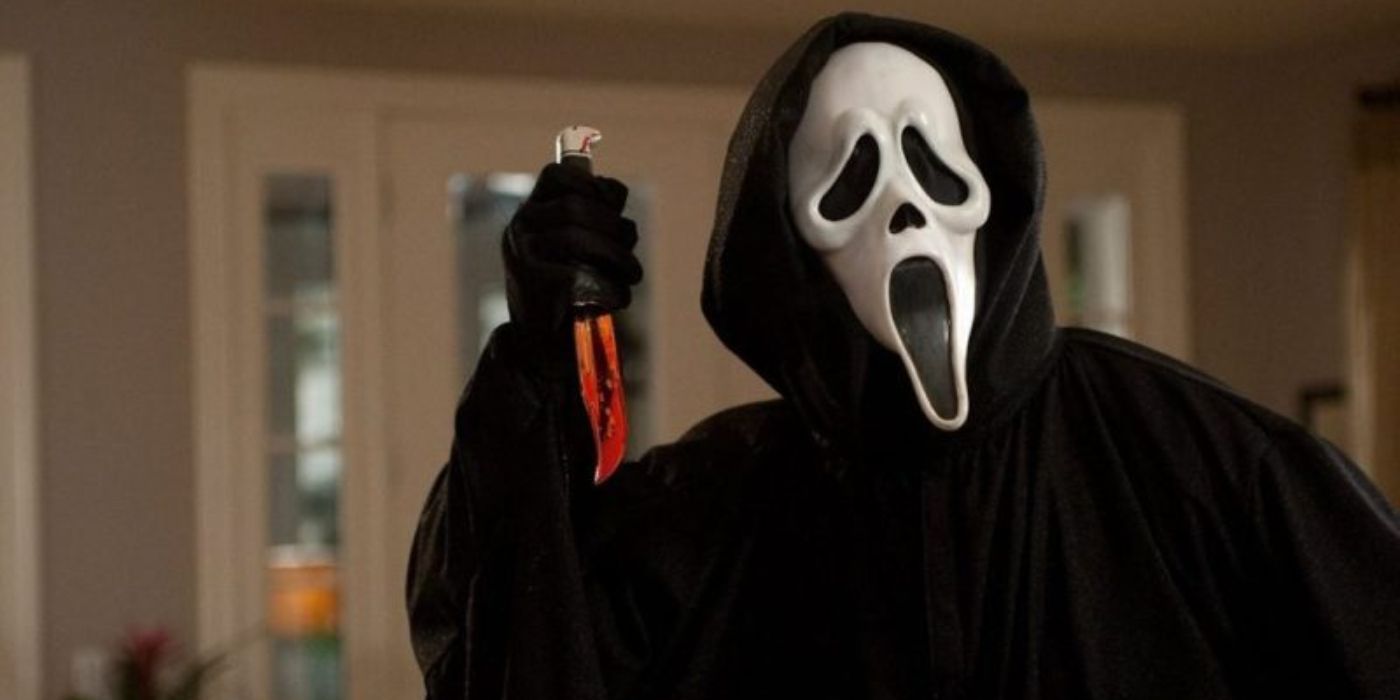
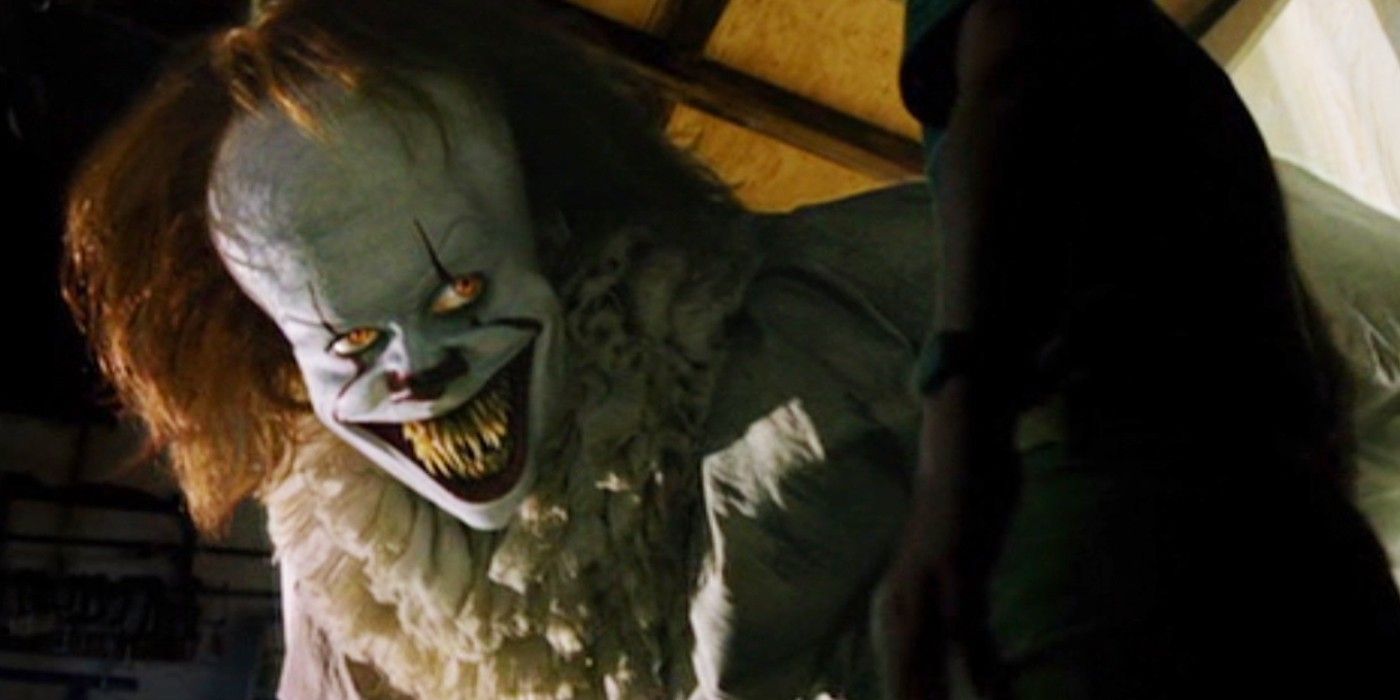
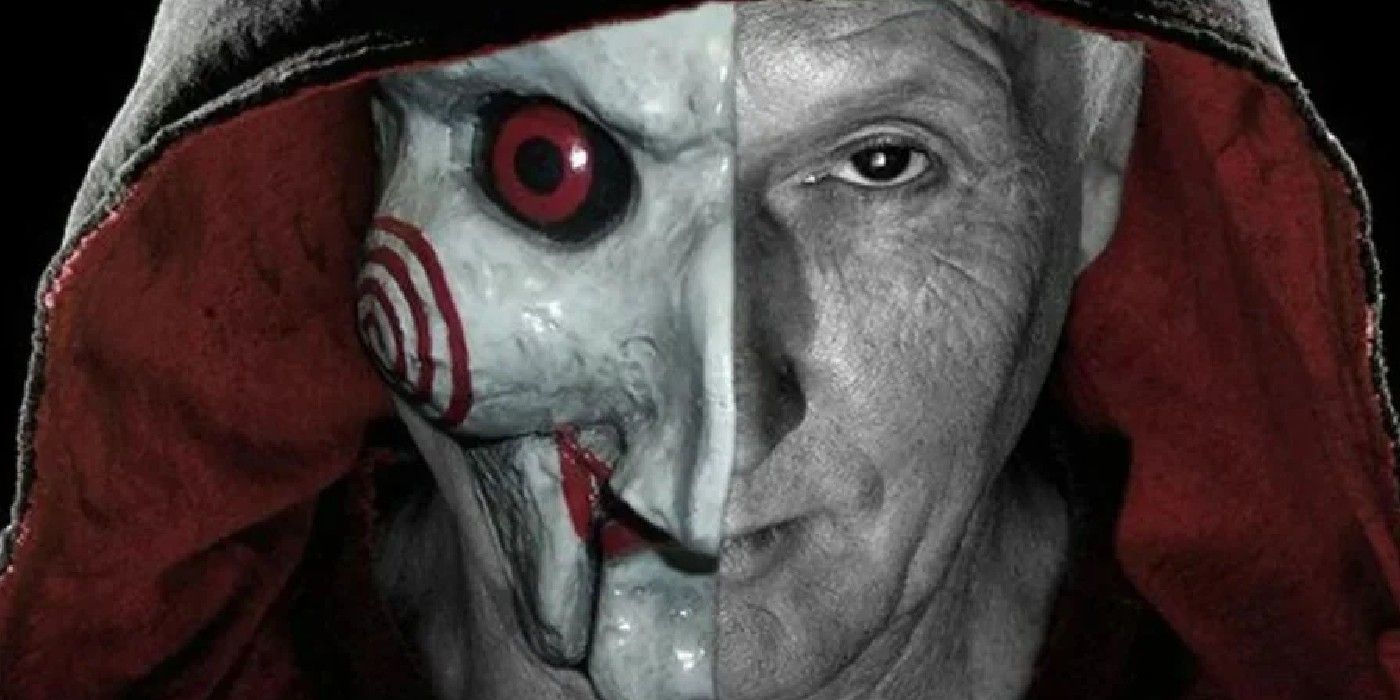
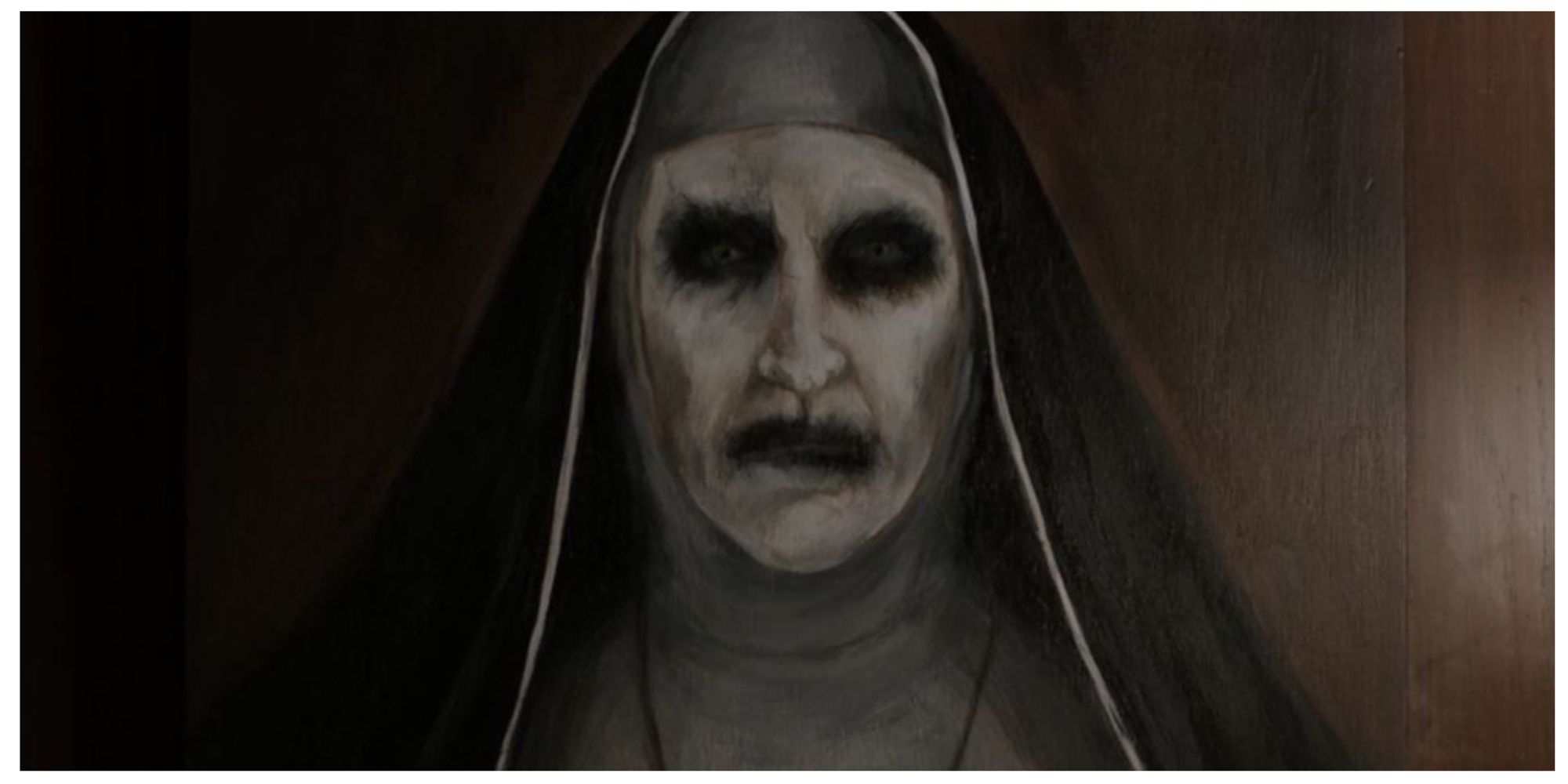
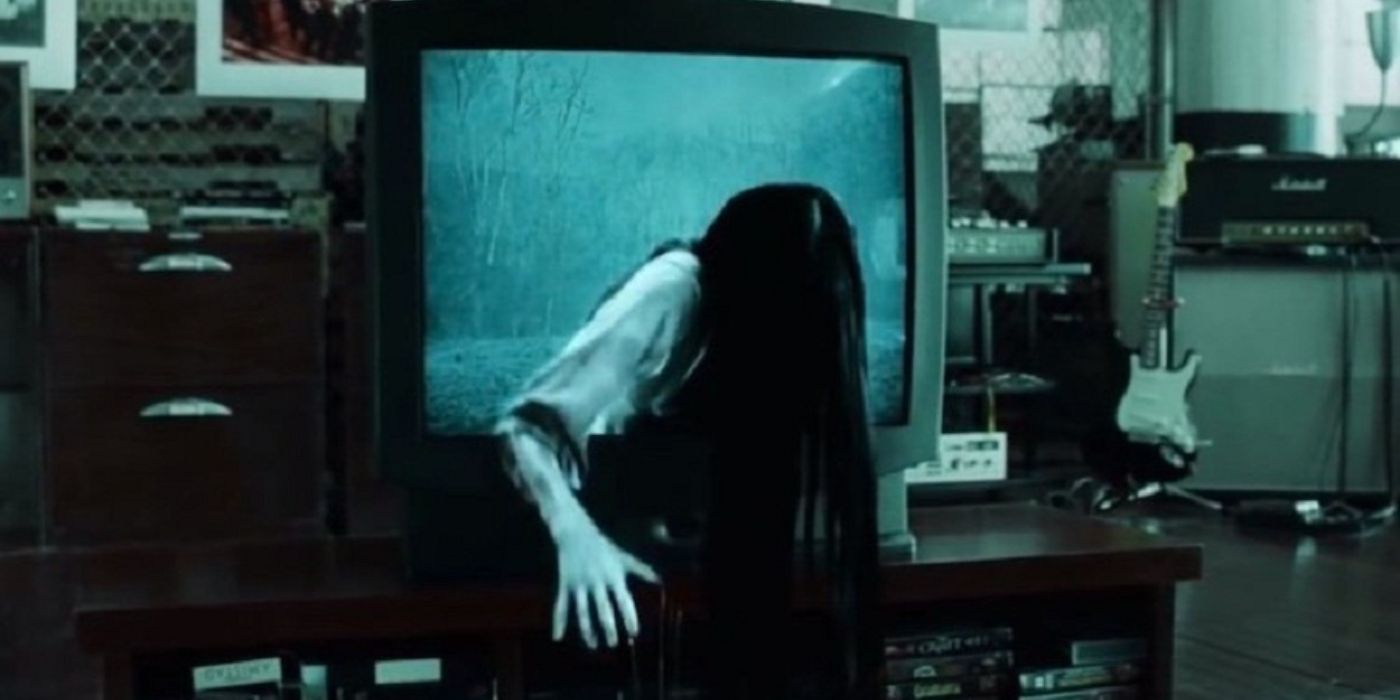
.jpg)
